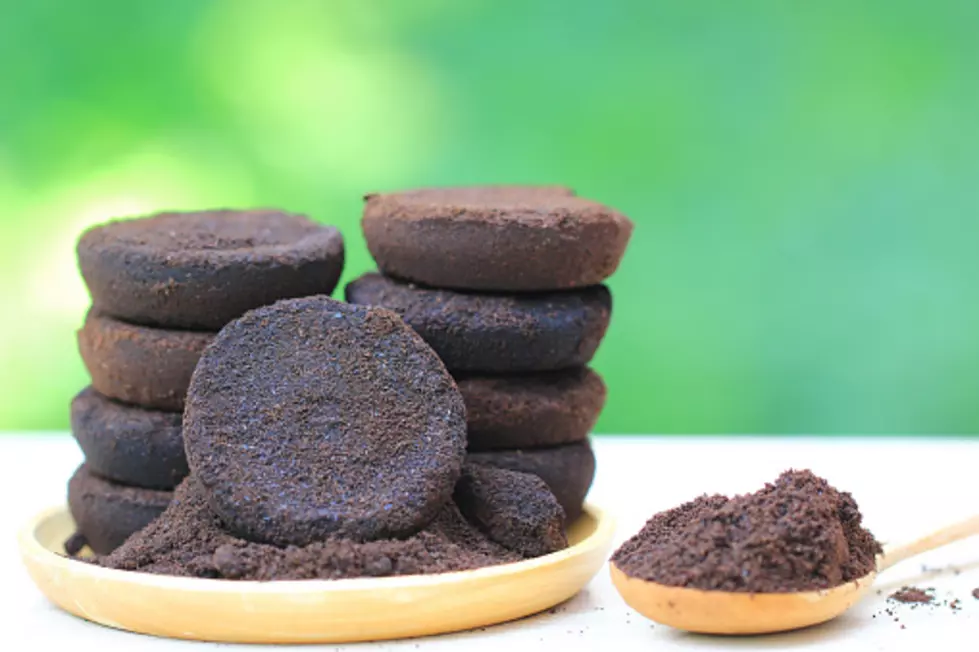
Here’s When You Should Take Down Hummingbird Feeders In Illinois
Illinois has one, and only one, breeding species of hummingbird in our state. That species is the ruby-throated hummingbird, a species of hummingbird that happens to be the only one that regularly nests east of the Mississippi River.
According to IllinoisRaptorCenter.org, The male ruby-throated hummingbird has a red patch under his chin. The female lacks the red patch and is mostly green with a light underside. Immature males are nearly impossible to tell from females in late summer.
So, When Do These Little Birds Show Up In Illinois, And When Do They Head South For The Winter?
One thing is for certain, and that's the fact that ruby-throated hummingbirds travel some serious distances to show up in your backyard here in Illinois. GeorgiaWildlife.com:
It seems the vast majority of the ruby-throated hummingbird population winters from southern Mexico southward across Central America to Panama. Smaller numbers spend their winter sojourn in the West Indies. Studies have also revealed that, for the past 25 years, the ruby-throat has expanded its winter range across extreme south Florida. Each winter, small numbers also regularly winter along the Gulf and Atlantic coasts, as far north as South Carolina.
If you've ever wondered why you don't see flocks of hummingbirds flying over like many other bird species do, it's because hummingbirds migrate solo, not in big groups. When the hummingbird northern migration begins, male ruby-throated hummingbirds leave first to find food sources along the way (and defend them against other hummingbirds with the same idea), then the females follow about a week later.
Okay, Here's The Schedule You Should Be Following If You Want Hummingbirds To Regularly Visit Your Yard
Hummingbirds leave their winter homes in mid to late March, so a good rule of thumb is to have your hummingbird feeder(s) up and ready to go in mid-April, or about two weeks before you expect them to show up. That way, you're ready for the earliest arrivals.
As for taking down the hummingbird feeders, there are some who recommend removing the feeders in mid-October, but at our house (where we've got a pretty decent contingent of hummingbirds every year), we leave the feeders up until very late in November in case of stragglers.
Keep in mind that hummingbirds remember food sources from their migrations, and if your yard is a place they can count on for food both early and late in the season, you should see them come back year after year.
LOOK: Stunning animal photos from around the world
Gallery Credit: Nicole Caldwell
LOOK: 30 fascinating facts about sleep in the animal kingdom
Gallery Credit: Katherine Gallagher
More From WROK 1440 AM / 96.1 FM









